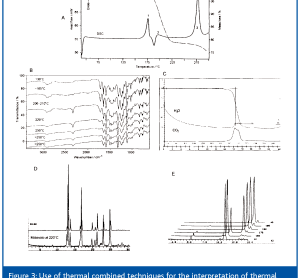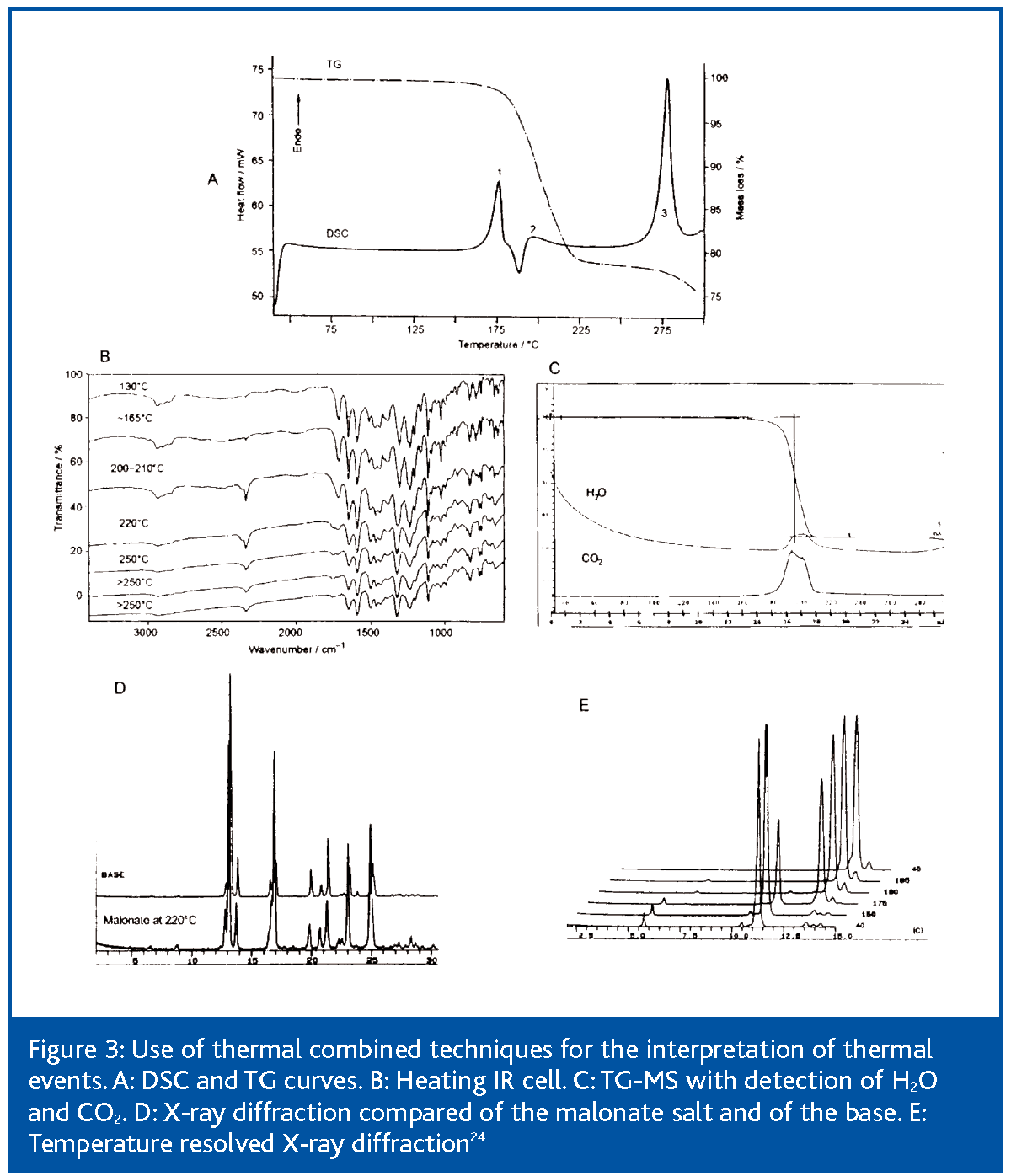HTS technologies to facilitate chemical genomics
27 March 2007 | By Douglas S. Auld, James Inglese, Ajit Jadhav and Christopher P. Austin, NIH Chemical Genomics Center, National Institutes of Health, Bethesda, G.Sitta Sittampalam, Chahrzad Montrose-Rafizadeh and James E. Mcgee, Lead Generation & Lead Optimization Biology, Discovery Chemistry Research & Technology and Philip W. Iversen, Global Discovery & Development Statistics, Eli Lilly & Company
Industrial scale technologies developed and applied within the pharmaceutical industry for the purpose of drug discovery have recently been adopted by many research laboratories for the purpose of facilitating chemical genomics. Taking full advantage of these technologies will require education in high-throughput screening assay systems as well as new methods…






